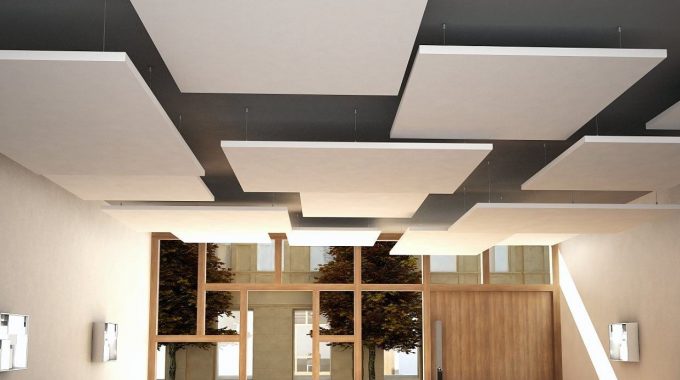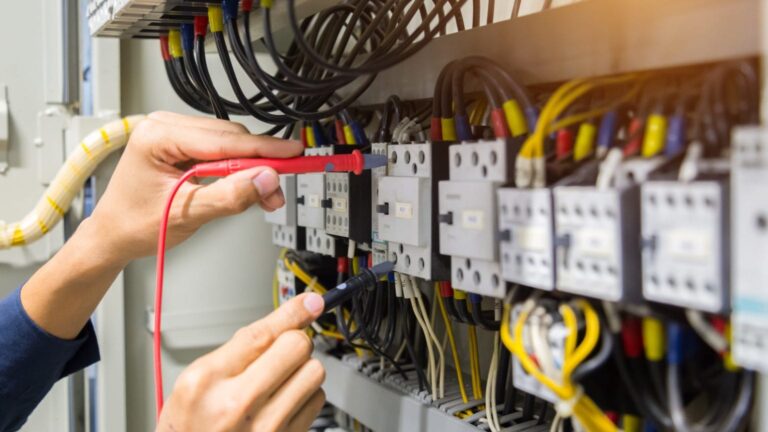Manufacturing of ceilings
Although people make use of pop, that does not stop the sale of other ceiling materials. Wooding ceilings, asbestos ceilings, and other ceiling materials are still being used in the construction industry.

So, if you are looking for a profitable business to start in the construction industry, then one of your options is to manufacture various ceiling materials. There is indeed a market for these building materials -but you must work hard to push your products into the market.
Manufacturing of ceiling is one option of business in construction field that you can think when you want to start a business. A great business plan is important for its success. With development of commercial building in the large town, the business can be profitable and allow to the businesspersons to create work to other persons.
here’s a basic business plan for manufacturing ceiling:
Executive Summary:
Our company will specialize in the manufacturing of high-quality ceiling products. Our mission is to provide our customers with aesthetically appealing and durable ceiling products at an affordable price. Our main focus will be on producing drop ceiling tiles, suspended ceiling systems, and acoustic ceiling panels. We will use state-of-the-art equipment and high-quality materials to manufacture our products. Our target market will include both residential and commercial customers.
Products and Services:
We will offer a range of ceiling products and services, including:
- Drop ceiling tiles
- Suspended ceiling systems
- Acoustic ceiling panels
- Installation and maintenance services
- Customized design options
Market Analysis:
The ceiling industry is growing at a steady rate, with a projected compound annual growth rate of 5.1% from 2021 to 2028. This growth is driven by an increasing demand for energy-efficient and sound-absorbing ceiling products. Our target market will include both residential and commercial customers, with a focus on small and medium-sized businesses.
Marketing Strategy:
Our marketing strategy will include a combination of traditional and digital marketing methods. We will attend industry trade shows, advertise in trade publications, and use social media and search engine optimization to increase our online presence. We will also offer special promotions and discounts to attract new customers and retain existing ones.
Operations:
Our manufacturing facility will be located in an area with easy access to transportation and a skilled labor force. We will use state-of-the-art equipment to produce our ceiling products and implement strict quality control measures to ensure the highest standards. We will also provide installation and maintenance services for our products.
Financial Projections:
Our initial investment will be $500,000, with $300,000 for equipment and $200,000 for operating expenses. We project our first-year revenue to Something went wrong
be $1.5 million, with a gross margin of 50%. Our operating expenses will include salaries, rent, utilities, materials, and marketing expenses. We anticipate a net profit of $250,000 in the first year, with growth projections of 10% per year in the following years.
Management Team:
Our management team will consist of experienced professionals with expertise in manufacturing, finance, and marketing. The team will be led by a CEO with over 10 years of experience in the industry, who will oversee the overall operations of the company.
Conclusion:
Our company aims to provide high-quality, aesthetically appealing, and durable ceiling products at an affordable price. We will target both residential and commercial customers with a focus on small and medium-sized businesses. Our marketing strategy will include a combination of traditional and digital methods, while we will operate a manufacturing facility with state-of-the-art equipment and strict quality control measures. We anticipate strong financial performance in the first year and growth in the following years.
here’s a projected income statement for the ceiling manufacturing business for the next three years (assuming a fiscal year-end of December 31):
| Year 1 | Year 2 | Year 3 | |
| Revenue | $1,500,000 | $1,650,000 | $1,815,000 |
| Cost of Goods Sold | $750,000 | $825,000 | $907,500 |
| Gross Profit | $750,000 | $825,000 | $907,500 |
| Operating Expenses | $450,000 | $495,000 | $544,500 |
| EBITDA | $300,000 | $330,000 | $363,000 |
| Depreciation & Amortization | $40,000 | $40,000 | $40,000 |
| EBIT | $260,000 | $290,000 | $323,000 |
| Interest Expense | $20,000 | $20,000 | $20,000 |
| EBT | $240,000 | $270,000 | $303,000 |
| Taxes | $72,000 | $81,000 | $91,000 |
| Net Income | $168,000 | $189,000 | $212,000 |
Notes:
- Revenue projections are based on a 10% annual growth rate.
- Cost of Goods Sold is assumed to be 50% of revenue.
- Operating Expenses are assumed to be 30% of revenue.
- EBITDA is calculated as Revenue minus Cost of Goods Sold minus Operating Expenses.
- Depreciation & Amortization is assumed to be a fixed amount of $40,000 per year.
- EBIT is calculated as EBITDA minus Depreciation & Amortization.
- Interest Expense is assumed to be a fixed amount of $20,000 per year.
- EBT is calculated as EBIT minus Interest Expense.
- Taxes are calculated at a 30% tax rate.
- Net Income is calculated as EBT minus Taxes.







